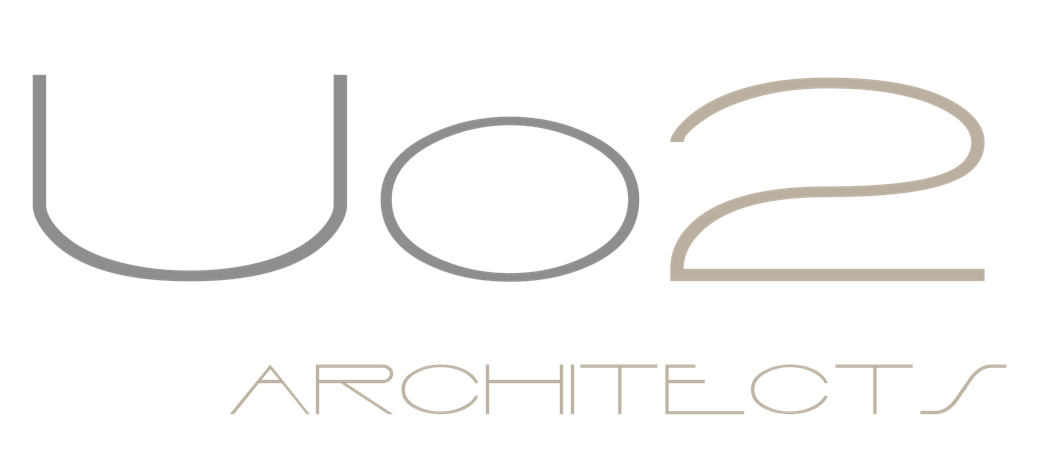
In the vibrant and diverse landscape of the Philippines, the task of architectural design carries its unique set of challenges, most notably in balancing client expectations with budget constraints. This issue resonates with architects worldwide, but it takes on specific nuances in the Philippine context. Let’s explore the intricacies of this challenge, supported by relevant statistics, and examine effective design and build solutions suited for the Philippine setting.
Understanding the Problem
The crux of this challenge lies in reconciling what clients dream for their properties and what can be realistically achieved within their budget. In the Philippines, where a rich tapestry of cultural influences and a growing economy shape property development, clients often come with high expectations, influenced by personal tastes, lifestyle aspirations, and trends seen in local and international media. However, these expectations may not align with practical realities such as construction costs, material availability, or site constraints.
This issue is accentuated when we look at the numbers. According to the Philippine Statistics Authority, the construction industry has seen fluctuations in material prices and labor costs, factors that directly impact project budgets. Additionally, a report by the Construction Industry Authority of the Philippines (CIAP) highlights that budget overruns are a common occurrence in the sector, with deviations ranging from 5% to 15% of the original budget, depending on the project’s scale and complexity.
The Design and Build Solution
To address these challenges, a design and build approach is particularly effective in the Philippine setting. This method combines the design and construction phases under one contract, fostering a more cohesive and efficient process. Here’s how it addresses managing client expectations and budget constraints:
- Early Collaboration: In design and build, the contractor is involved from the early stages, allowing for a realistic assessment of what can be achieved within the budget. This is especially beneficial in the Philippines, where varying site conditions and material availability can significantly impact costs.
- Streamlined Communication: This approach ensures open communication between the client, architect, and builder. Regular meetings and discussions are crucial in the Philippine context, where personal relationships and clear understanding form the basis of successful projects. This helps in setting realistic expectations and in making timely, informed decisions.
- Adaptability to Change: The design and build model is adaptable to the dynamic nature of construction in the Philippines. If client requirements evolve or budgetary issues arise, the team can quickly adjust the design, finding creative solutions that align with the client’s vision while staying within budget.
- Efficient Resource Management: With a unified team for design and construction, there’s better coordination in managing resources. This efficiency is vital in the Philippine market, where strategic decisions about local materials, skilled labor, and project timelines can lead to significant cost savings.
- Risk Reduction: Integrating design and build helps identify potential challenges early, a critical aspect in the Philippine construction landscape, where unforeseen issues like weather conditions and logistical hurdles can impact budgets.
Supporting the Problem with Statistics
The benefits of the design and build approach in managing budgets are evidenced by global statistics, which are reflected in the Philippine setting as well. The Design-Build Institute of America (DBIA) reports that design-build projects are generally completed faster and at lower costs than traditional projects. Additionally, the Construction Industry Institute indicates that design-build projects are more likely to stay on or under budget.
These findings are particularly relevant in the Philippines, where efficient and cost-effective project delivery is a priority in a growing and competitive market.
Navigating the delicate balance between client expectations and budget constraints in architectural design requires tact, creativity, and strategic planning, especially in the Philippine context. The design and build approach offers a framework for achieving this balance, fostering collaboration, flexibility, and efficient resource management.
As an architect working in the Philippines, I have seen the positive impact of this approach in aligning client visions with practical budgetary realities. It is a journey that demands patience and innovation, but the rewards are substantial – a satisfied client and a successful project that embodies the unique character and aspirations of the Filipino spirit.
So, as you embark on your next architectural venture in the Philippines, ponder this: How can you blend your ideal design with pragmatic budget considerations to create a space that truly resonates with your aspirations and the distinct Filipino context?
